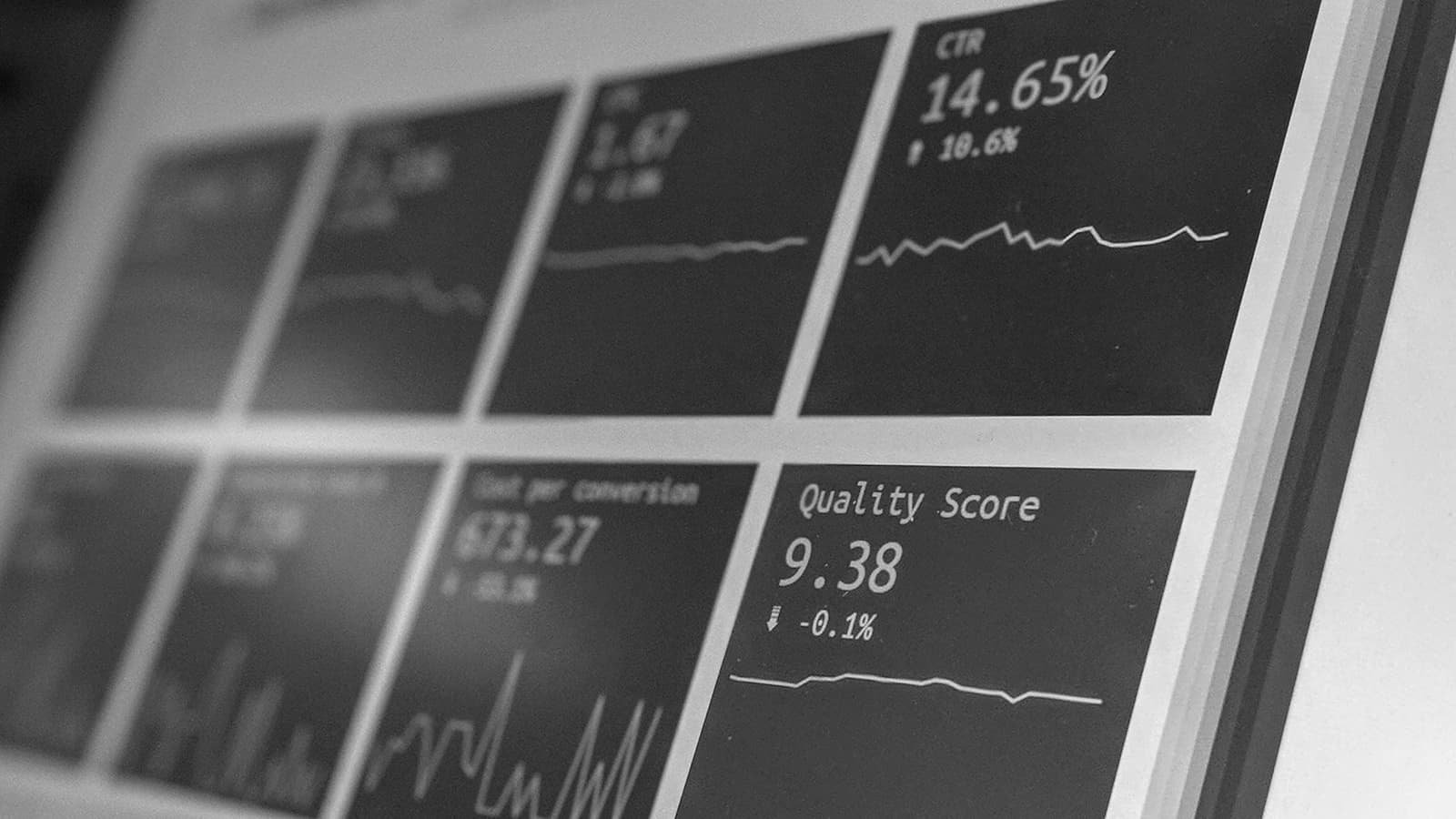
Proba de seguridade do sitio web.
Escaneo de vulnerabilidades de sitios web e aplicacións – Probas de penetración web – Comprobación de seguridade do sitio web gratuíta
Probas de seguridade do sitio web
Identifica automaticamente as vulnerabilidades de seguranza das túas aplicacións web e da infraestrutura subxacente. Busca fallas detrás dunha páxina de inicio de sesión para conseguir unha cobertura completa..
MÉTRICAS
Afondamos no teu sitio web e creamos análises e establecemos un proceso que protexe a túa audiencia en liña e aumentará os teus ingresos..
Xestión de risco de vendedores
Avalía a seguridade das solucións que crean os teus provedores e socios en liña
sitio web pirateado e violacións de datos
Axudamos ás pequenas empresas a construír unha presenza dixital segura centrándonos en tres elementos clave dunha plataforma segura en liña exitosa.

Obtemos resultados.
O noso historial comprobado asegurará o teu negocio.






Asegure a súa propiedade en liña coa consultoría de probas de seguridade de sitios web
.
Probas de seguridade do sitio web: Un paso crucial na defensa cibernética moderna
No panorama dixital actual, As probas de seguranza do sitio web son esenciales para as organizacións que pretenden protexer os datos confidenciais e manter a confianza dos usuarios. Este proceso proactivo identifica as vulnerabilidades nas aplicacións web antes de que os axentes maliciosos poidan explotalas. As probas de seguridade do sitio web normalmente implican a exploración de vulnerabilidades, proba de penetración, revisións de códigos, e avaliacións de configuración para garantir que os sistemas web poidan soportar ameazas cibernéticas.
Os gobernos e as industrias de todo o mundo recoñecen a importancia dos marcos de ciberseguridade estandarizados. No Reino Unido, o Ciberesenciais proporciona unha base para unha boa hixiene de ciberseguridade. Axuda ás organizacións a protexerse de ameazas comúns como o phishing, malware, e ataques contrasinais. A consecución da certificación Cyber Essentials demostra o compromiso de protexer os datos e os sistemas, un factor crítico para os provedores do goberno do Reino Unido..
Nos Estados Unidos, o Marca de confianza cibernética é unha nova iniciativa desenvolvida pola Comisión Federal de Comunicacións (FCC) para mellorar a transparencia da ciberseguridade na Internet das Cousas dos consumidores (IoT) dispositivos. Aínda que non é específico para sitios web, esta marca reflicte a tendencia máis ampla de responsabilidade pública na seguridade dixital e serve como modelo para estándares de ciberseguridade transparentes..
Para as organizacións que traballan cos EE. Departamento de Defensa, CMMC 2.0 (Certificación do modelo de madurez da ciberseguridade) é o estándar imperante. Avalía aos contratistas’ capacidade de protexer Información do contrato federal (FCI) e Información controlada non clasificada (QUE) mediante un sistema escalonado de prácticas de ciberseguridad. CMMC 2.0 aliña máis estreitamente co NIST SP 800-171 marco e inclúe tres niveis de certificación, que van desde os requisitos fundamentais ata os avanzados de ciberseguridade.
As certificacións adicionais axudan a crear sólidos programas de seguridade web. O Marco de ciberseguridade do NIST (LCR) proporciona unha estrutura flexible para xestionar e reducir os riscos de ciberseguridade. Certificacións profesionais como CISSP (Profesional certificado en Seguridade de Sistemas de Información), CompTIA CySA+ (Analista de ciberseguridade), e CISA (Auditor Certificado de Sistemas de Información) dotar aos profesionais da experiencia para implementar probas de seguridade eficaces, avaliación de riscos, e estratexias de mitigación.
A medida que evolucionan as ameazas cibernéticas, As probas de seguridade do sitio web deben converterse nunha práctica habitual, non unha auditoría única. O aliñamento con marcos e certificacións recoñecidos fortalece a resiliencia cibernética dunha organización e xera confianza coas partes interesadas tanto no sector público como no privado..